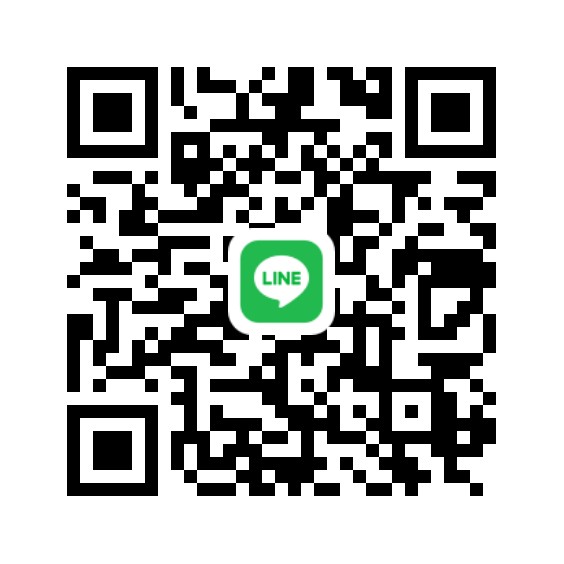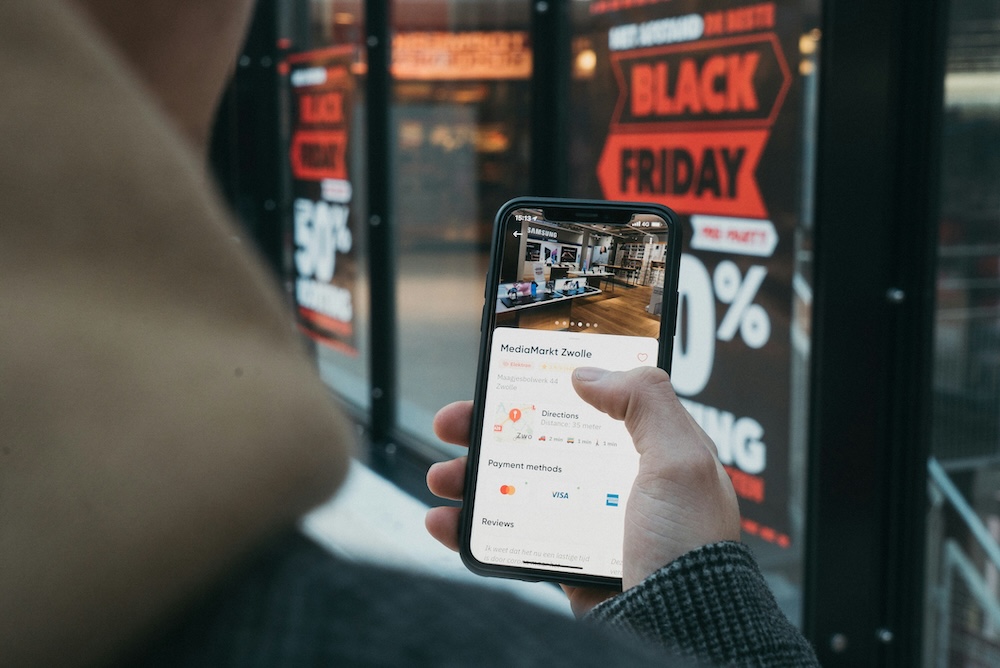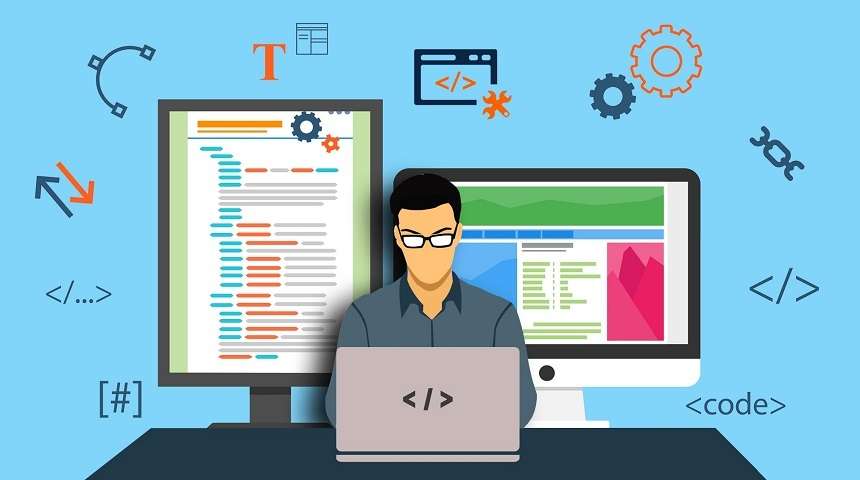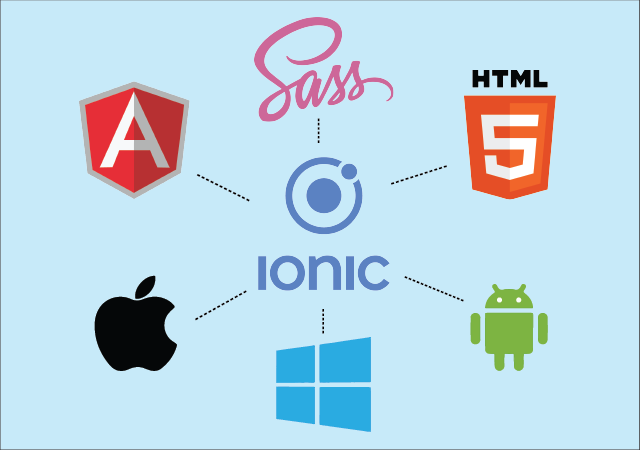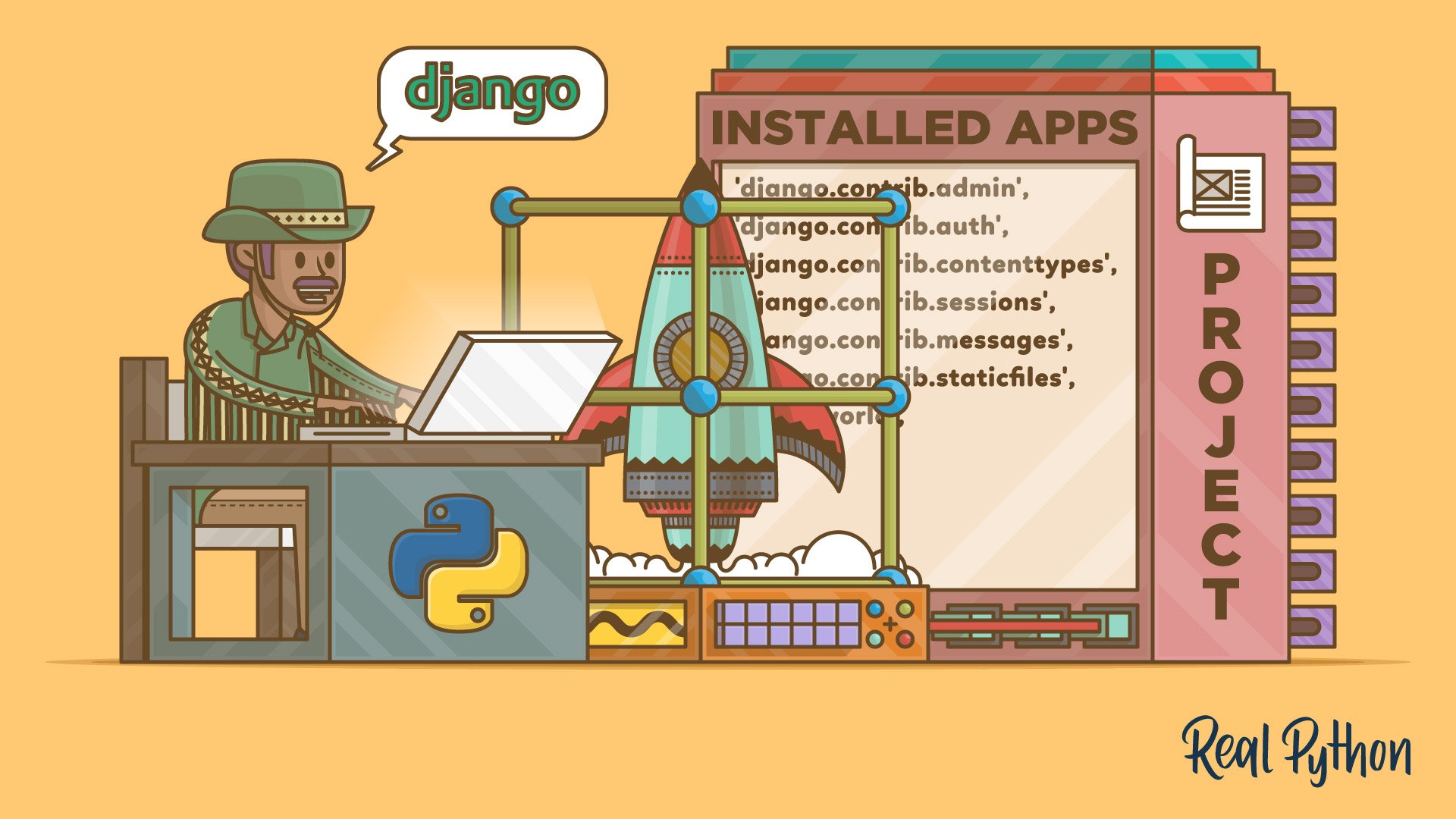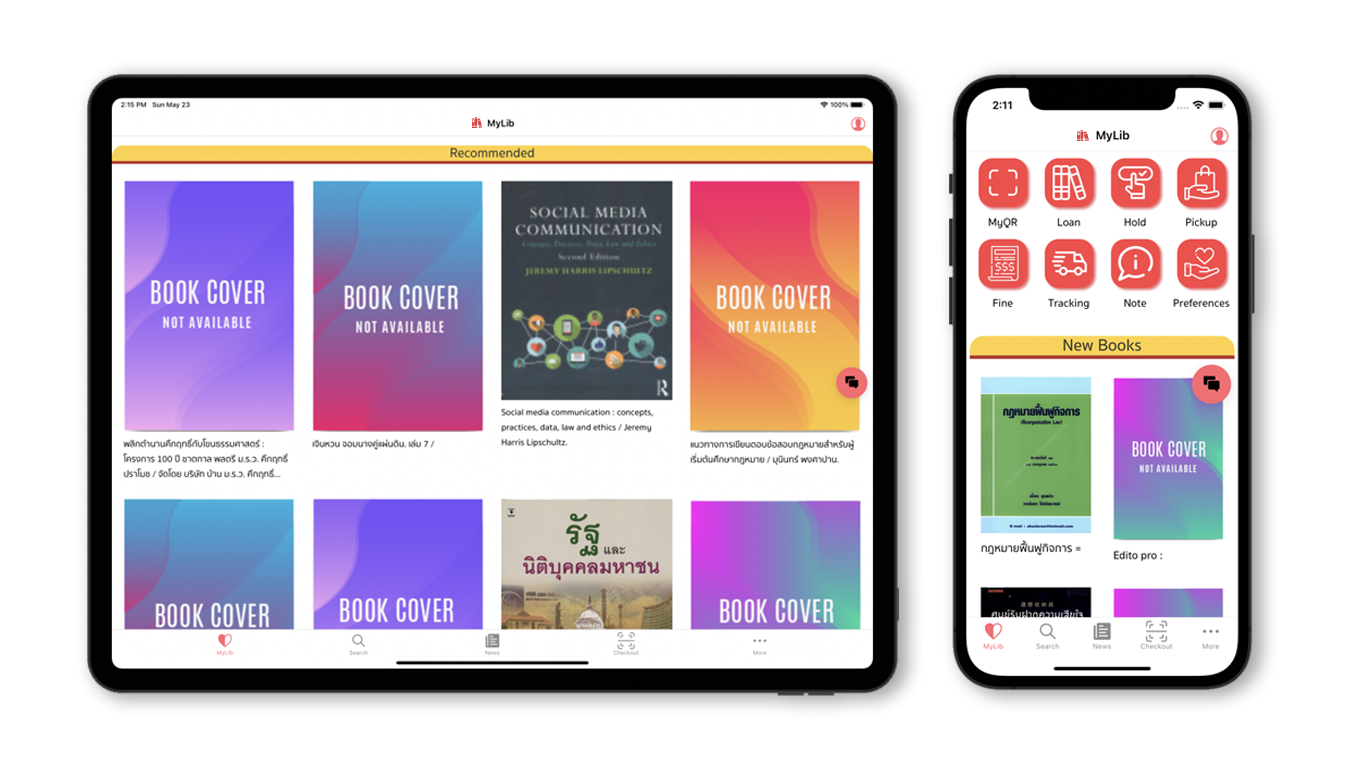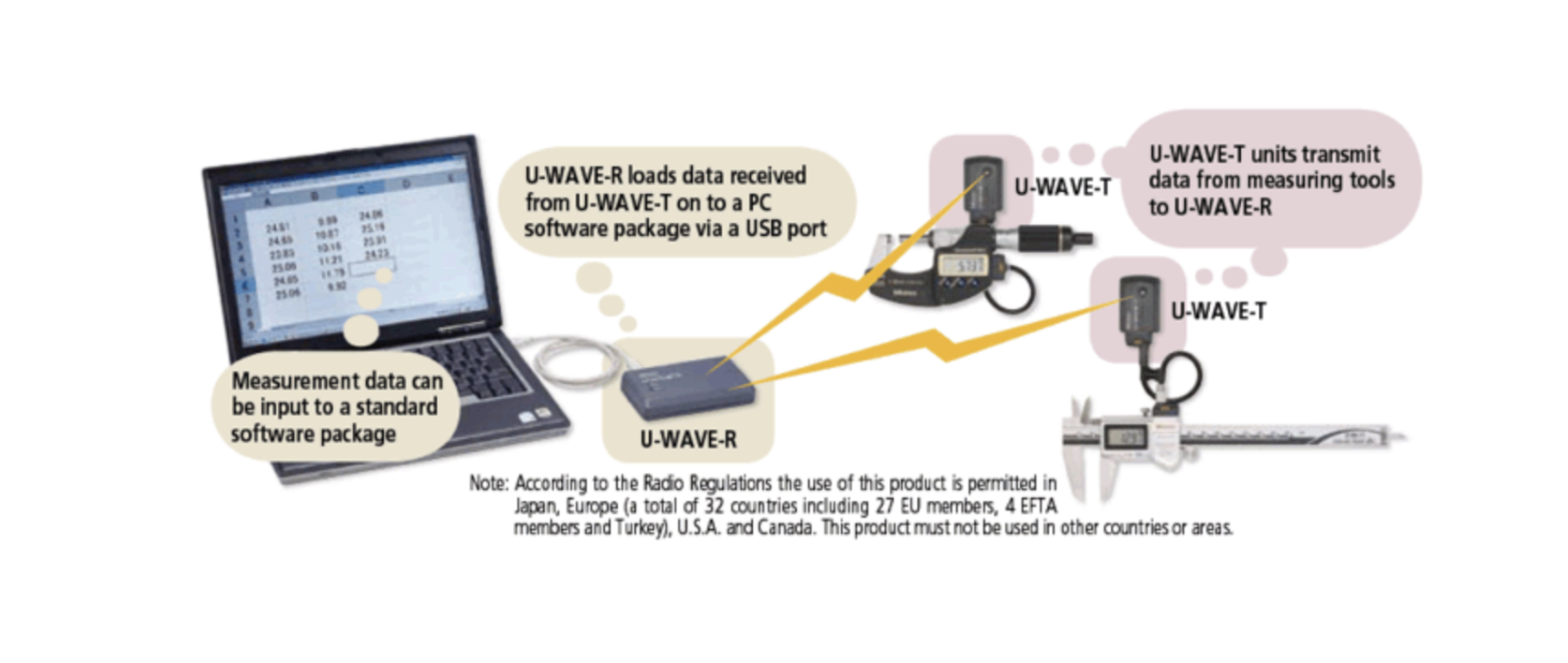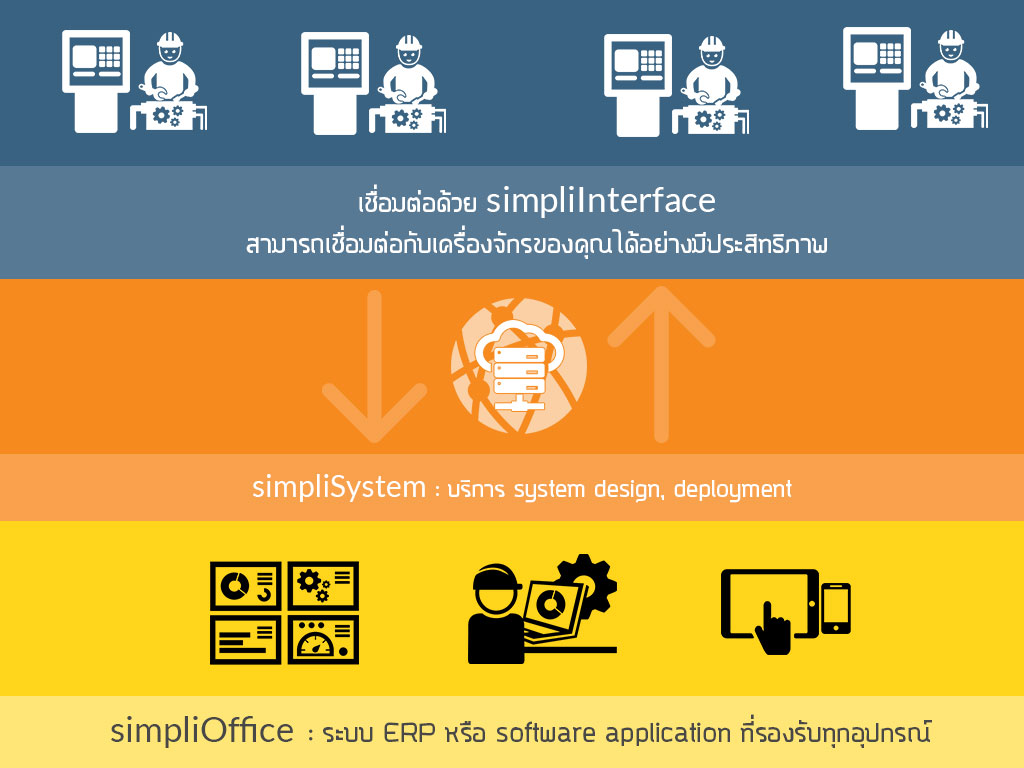Digital Twin: An Introduction
What is a Digital Twin?
A digital twin is a virtual representation of a physical object, process, or system. It serves as a real-time digital counterpart to its physical counterpart, enabling monitoring, simulation, and optimization. By leveraging data from sensors and other IoT devices, digital twins provide insights into performance, predict potential issues, and support decision-making processes.
History of Digital Twin
The concept of digital twins dates back to the early 2000s. It was first introduced by Dr. Michael Grieves at the University of Michigan in 2002 as part of a Product Lifecycle Management (PLM) course. Grieves described the idea of a digital counterpart to physical systems to improve product design, manufacturing, and maintenance.
NASA was one of the early adopters of digital twin technology. During the Apollo program, NASA used virtual simulations to mirror spacecraft systems, enabling engineers to address issues remotely. This foundational use of digital models evolved into what we now call digital twins, leveraging advancements in IoT, AI, and data analytics.
In the 2010s, the term "digital twin" gained traction as industries began adopting the technology more widely. With the rise of Industry 4.0 and smart manufacturing, digital twins have become a critical tool for innovation and efficiency across various sectors.
Key Components of a Digital Twin
1.Physical Entity: The real-world object or system being modeled.
2.Digital Model: A virtual representation built using 3D models, CAD files, or workflows.
3.Data Integration: Real-time data from IoT devices, sensors, and systems that feed into the digital twin.
4.Analytics and AI: Tools to simulate scenarios, predict outcomes, and optimize operations.
5.Feedback Loop: A continuous flow of information between the physical and digital worlds for updates and insights.
Applications of Digital Twins
Digital twins are utilized across various industries, offering transformative benefits. Key applications include:
1.Manufacturing:
- Monitor production lines in real-time.
- Simulate workflows to identify inefficiencies.
- Predict equipment failures and schedule maintenance proactively.
2.Healthcare:
- Model patient-specific organs for personalized treatments.
- Enhance the design and testing of medical devices.
3.Smart Cities:
- Manage infrastructure such as traffic systems and utilities.
- Simulate urban development projects for better planning.
4.Aerospace and Defense:
- Monitor aircraft performance.
- Test and optimize designs virtually before physical implementation.
5.Energy and Utilities:
- Optimize energy consumption and distribution.
- Simulate renewable energy systems, such as wind turbines or solar farms.
Benefits of Digital Twins
- Improved Efficiency: Optimize processes and reduce resource waste.
- Cost Savings: Reduce downtime, minimize physical prototyping, and enhance maintenance strategies.
- Enhanced Decision-Making: Leverage data-driven insights to make informed decisions.
- Predictive Maintenance: Anticipate and prevent equipment failures before they occur.
- Innovation: Enable experimentation and innovation in a risk-free virtual environment.
Enabling Technologies
Digital twins rely on several advanced technologies, including:
- Internet of Things (IoT): Connects physical assets to the digital world.
- Artificial Intelligence (AI) and Machine Learning (ML): Processes data for predictions and optimization.
- Augmented Reality (AR) and Virtual Reality (VR): Provides immersive visualization and interaction with the digital twin.
- Cloud Computing: Ensures scalability and remote access to data.
- Big Data Analytics: Handles the massive datasets required for comprehensive modeling and simulation.
Challenges in Digital Twin Implementation
- Data Integration: Ensuring seamless connectivity between physical and digital systems.
- High Costs: Initial development and deployment can be expensive.
- Cybersecurity: Protecting sensitive data from breaches is critical.
- Complexity: Creating accurate and dynamic models requires significant expertise.
Workflow Concept (Mermaid Diagram)
Below is a representation of the Digital Twin workflow using a Mermaid diagram:
graph TD
A[Physical Object/Process] -->|Real-Time Data| B[Data Collection]
B --> C[Data Processing and Integration]
C --> D[Digital Model]
D --> E[Simulation and Analysis]
E --> F[Feedback and Optimization]
F -->|Insights and Decisions| G[Physical Object/Process]
D -->|Visualization| H[User Interface]Explanation:
- Physical Object/Process: The starting point, representing the real-world system.
- Data Collection: Sensors and IoT devices collect real-time data.
- Data Processing and Integration: Data is processed and integrated for use in the digital model.
- Digital Model: The virtual representation of the physical system.
- Simulation and Analysis: The digital model is used for simulations and scenario analysis.
- Feedback and Optimization: Insights are fed back to optimize the physical system.
- User Interface: Allows users to interact with and visualize the digital twin.
Sample Python Code Demonstrating Digital Twin Concept
Below is a Python example illustrating the basic concept of a digital twin. This example involves simulating a physical system (e.g., a motor) and monitoring its status in real time.
import random
import time
class PhysicalMotor:
def __init__(self):
self.temperature = 25 # Initial temperature in Celsius
self.speed = 1000 # RPM
def update(self):
# Simulate changes in motor temperature and speed
self.temperature += random.uniform(-0.5, 0.5)
self.speed += random.randint(-10, 10)
class DigitalTwin:
def __init__(self, motor):
self.motor = motor
self.simulated_temperature = motor.temperature
self.simulated_speed = motor.speed
def update(self):
# Simulate the digital twin's behavior based on real-world data
self.simulated_temperature = self.motor.temperature
self.simulated_speed = self.motor.speed
def display_status(self):
print(f"Digital Twin Status:\nTemperature: {self.simulated_temperature:.2f} °C\nSpeed: {self.simulated_speed} RPM\n")
# Create physical motor and digital twin instances
physical_motor = PhysicalMotor()
digital_twin = DigitalTwin(physical_motor)
# Simulate real-time monitoring
for _ in range(10):
physical_motor.update() # Update physical motor data
digital_twin.update() # Update digital twin with physical motor data
digital_twin.display_status() # Display digital twin's current status
time.sleep(1) # Pause to simulate real-time updatesExplanation:
- Physical Motor Class: Represents the real-world system, with attributes like temperature and speed.
- Digital Twin Class: Mirrors the physical motor and updates its state based on real-time data.
- Real-Time Monitoring: Simulates a loop where the physical motor's data changes over time and the digital twin updates accordingly.
This simple example demonstrates how digital twins work conceptually by reflecting the state of a physical system and providing real-time insights.
The Future of Digital Twins
The digital twin concept is a cornerstone of Industry 4.0 and smart systems. Its applications are expanding, driven by advancements in IoT, AI, and cloud computing. Future trends include:
- Increased Adoption in Smart Cities: For sustainable urban management.
- Integration with Blockchain: To enhance data security and traceability.
- Standardization Efforts: For interoperable and scalable digital twin solutions.
As industries embrace digital transformation, digital twins will continue to play a critical role in improving efficiency, reducing costs, and fostering innovation.
Get in Touch with us
Related Posts
- AI 时代的经典编程思想
- Classic Programming Concepts in the Age of AI
- SimpliPOSFlex. 面向真实作业现场的 POS 系统(中国市场版)
- SimpliPOSFlex. The POS Designed for Businesses Where Reality Matters
- 经典编程思维 —— 向 Kernighan & Pike 学习
- Classic Programming Thinking: What We Still Learn from Kernighan & Pike
- 在开始写代码之前:我们一定会先问客户的 5 个问题
- Before Writing Code: The 5 Questions We Always Ask Our Clients
- 为什么“能赚钱的系统”未必拥有真正的价值
- Why Profitable Systems Can Still Have No Real Value
- 她的世界
- Her World
- Temporal × 本地大模型 × Robot Framework 面向中国企业的可靠业务自动化架构实践
- Building Reliable Office Automation with Temporal, Local LLMs, and Robot Framework
- RPA + AI: 为什么没有“智能”的自动化一定失败, 而没有“治理”的智能同样不可落地
- RPA + AI: Why Automation Fails Without Intelligence — and Intelligence Fails Without Control
- Simulating Border Conflict and Proxy War
- 先解决“检索与访问”问题 重塑高校图书馆战略价值的最快路径
- Fix Discovery & Access First: The Fastest Way to Restore the University Library’s Strategic Value
- 我们正在开发一个连接工厂与再生资源企业的废料交易平台

